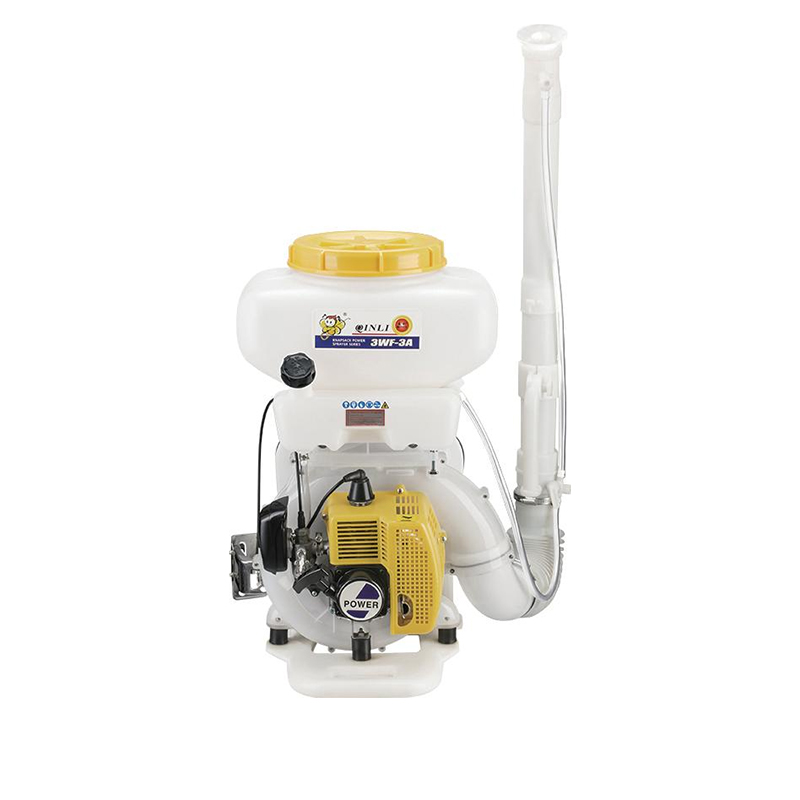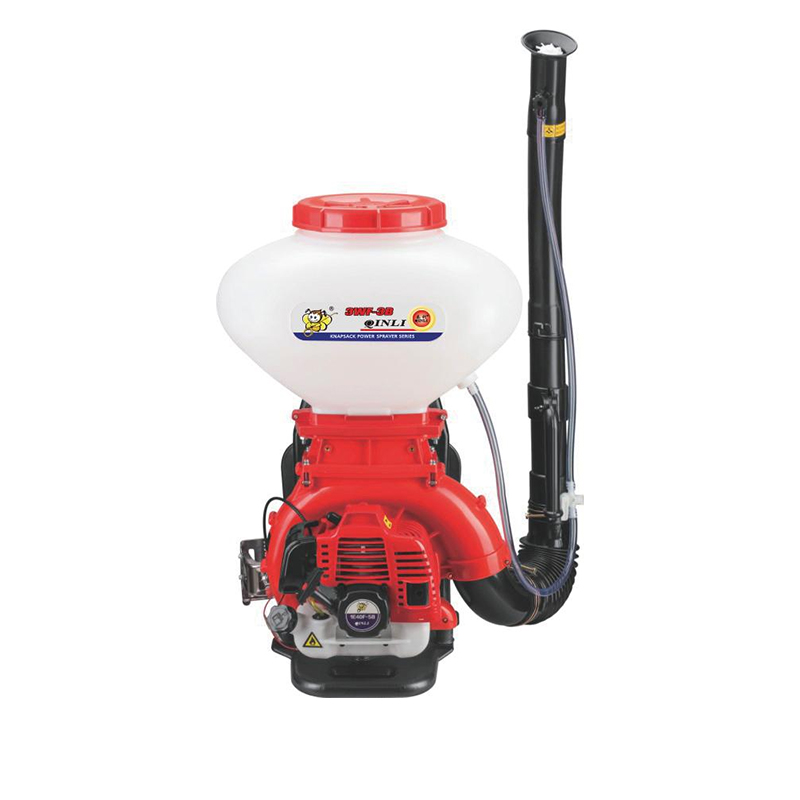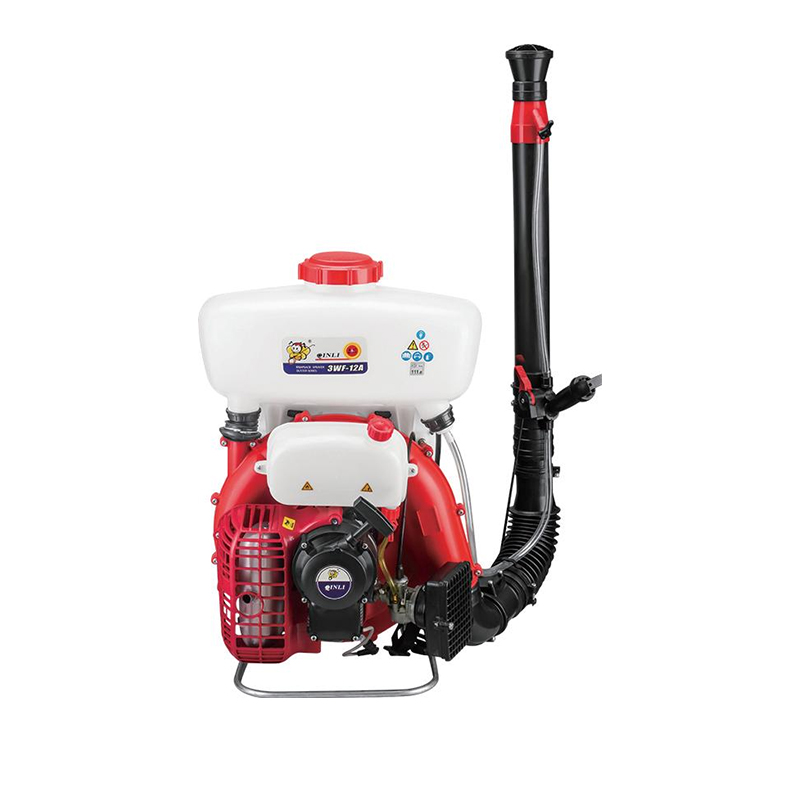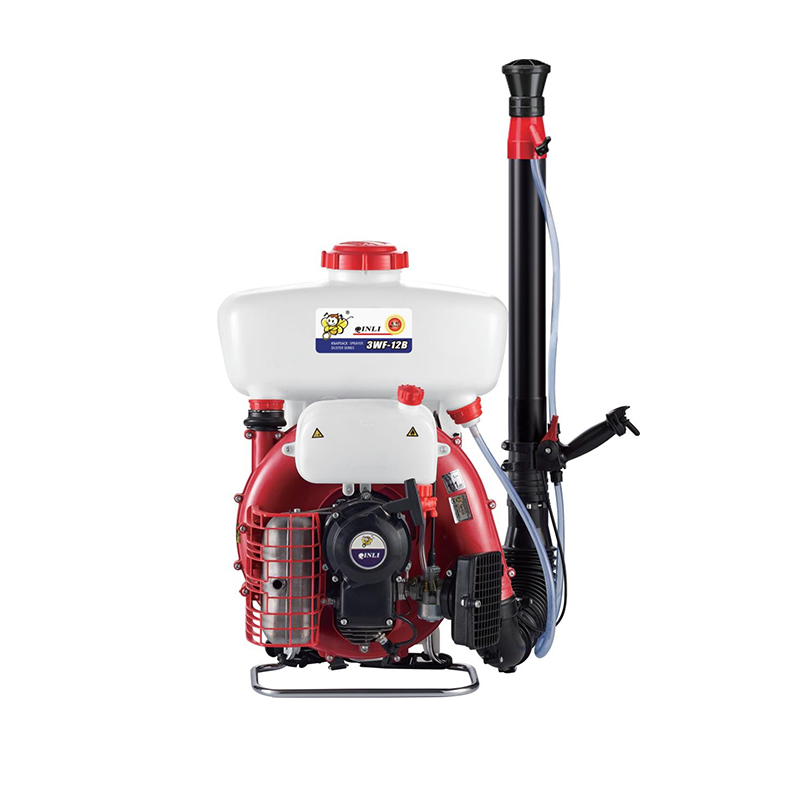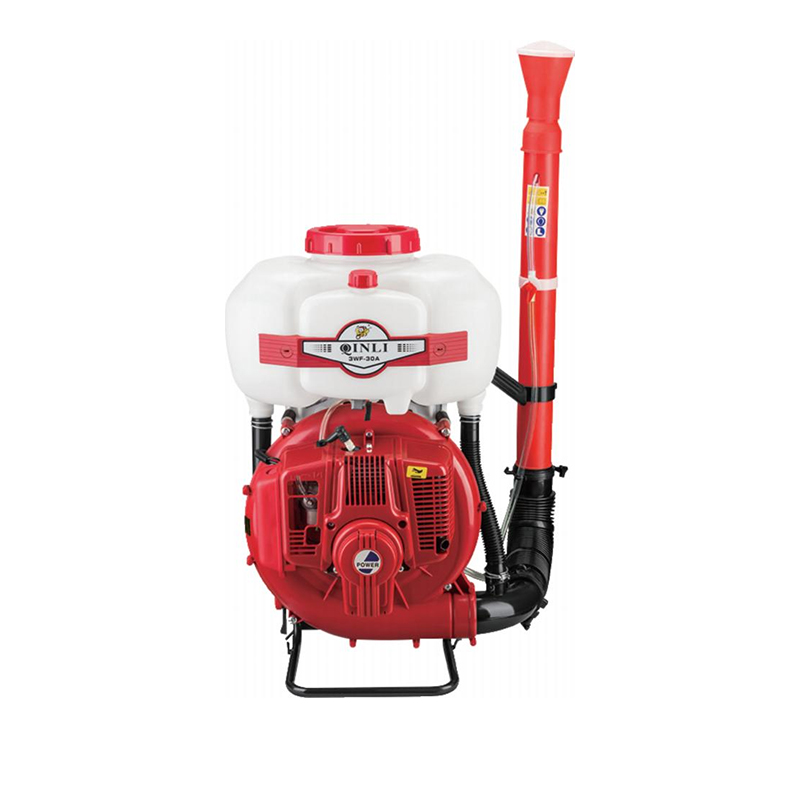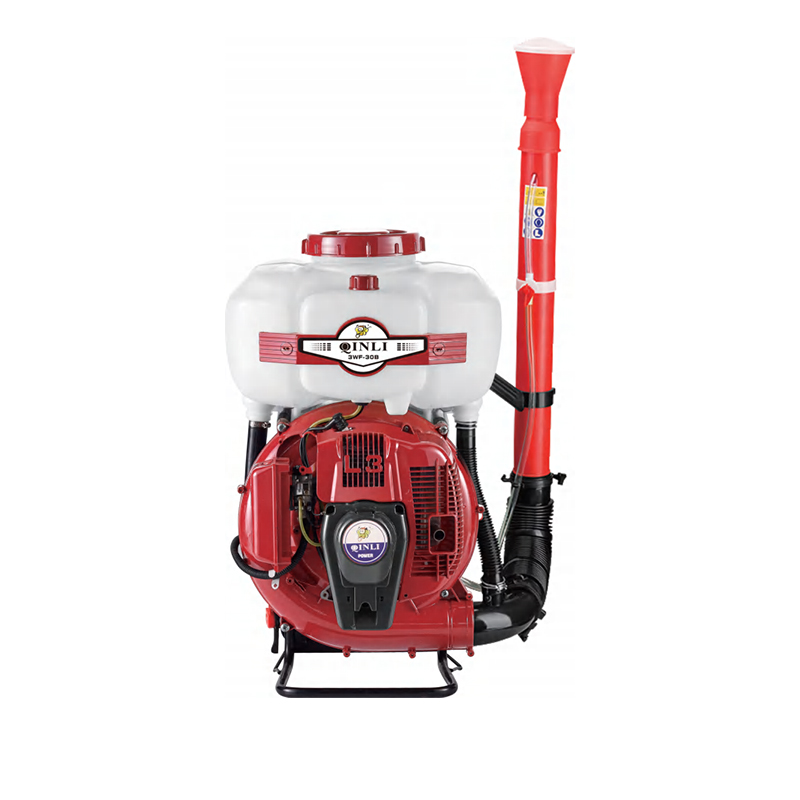Product Search
The market demand for spray dust collectors continues to grow.
The global spray dust removal system market has experienced steady growth in recent years, reflecting the increasing need for effective air pollution control and workplace safety solutions. In 2024, the market was valued at several billion RMB, and it is projected to expand at a compound annual growth rate (CAGR) of approximately 6.62% by 2030, reaching around 143.3 billion RMB. The steady rise in industrial activities, stricter environmental regulations, and heightened awareness of occupational health are key factors driving this growth.
Spray dust collectors are widely used in industries such as cement, mining, metallurgy, chemical production, and food processing. These systems are designed to capture airborne dust particles generated during manufacturing or processing activities, thereby reducing environmental pollution and protecting workers’ health. The growing focus on workplace safety and environmental compliance has led companies to invest in more advanced dust collection technologies. Modern spray dust collectors feature high-efficiency filtration systems, automated control mechanisms, and real-time monitoring capabilities, enabling more precise and effective dust removal.
A related segment, the aerosol duster market, also shows promising growth. Valued at approximately $1.5636 billion in 2024, it is projected to reach $2.232 billion by 2033, representing a CAGR of 4%. Aerosol dusters are widely used in electronic, laboratory, and industrial settings for cleaning sensitive equipment, highlighting the increasing importance of dust management in both industrial and specialized applications. The expansion of the electronics and semiconductor industries, combined with rising hygiene standards, is contributing to the sustained demand for aerosol dusters.
Technological innovation plays a critical role in market development. Advanced spray dust collectors now incorporate energy-efficient motors, low-noise fans, and modular designs that simplify installation and maintenance. Some systems integrate sensors and IoT technology to provide real-time data on air quality, filter performance, and dust accumulation. These intelligent features allow operators to optimize system performance, reduce energy consumption, and ensure compliance with environmental standards.
Sustainability has become another important factor influencing market growth. As governments and companies seek to reduce environmental impact, there is a growing emphasis on dust collectors that small waste, recycle captured particles, and operate with lower energy consumption. New designs often use eco-friendly materials and innovative filtration technologies, such as wet scrubbing and electrostatic precipitation, to achieve more efficient dust capture while lowering operational costs.
Market expansion is also supported by regulatory frameworks and policy incentives. Many countries have implemented stricter emissions standards and workplace safety regulations, requiring companies to adopt effective dust control measures. Subsidies and grants for clean technology adoption further encourage investment in spray dust collection systems, particularly in regions with high industrial activity.
Looking ahead, the spray dust removal market is expected to continue its growth trajectory. The combination of industrialization, environmental awareness, and technological advancement will drive demand for more efficient, intelligent, and sustainable dust collection solutions. Companies that focus on research and development, product innovation, and customer support are likely to capture greater market share in this competitive landscape.
In summary, the market for spray dust collectors and aerosol dusters is witnessing steady expansion driven by industrial growth, environmental regulations, and technological innovation. With increased emphasis on workplace safety, energy efficiency, and sustainability, the industry is positioned for continued development and modernization over the coming decade.
Recommended Products
- CONTACT DETAILS
-
- +86-13857697898
- +86-576-88121879
- export@qinlisprayer.com
- 18 Yanhai, sanjia Street, Jiao Jiang Dis, Taizhou city, Zhejiang, China
 Download Sample
Download Sample
- PRODUCT CENTER
- SEND A MESSAGE



 English
English  中文简体
中文简体  Español
Español  عربى
عربى 